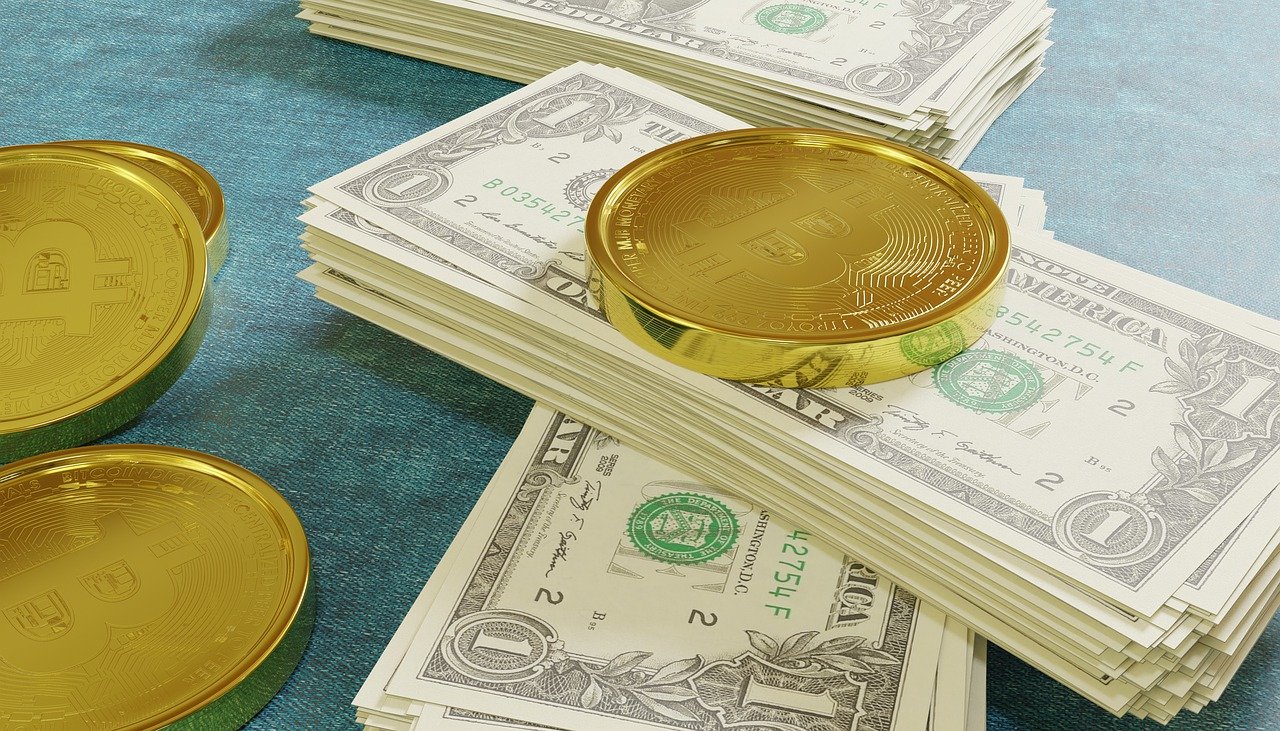What are stablecoins?

The crypto world is overwhelmingly known for one thing: volatility. Virtually every crypto investors can tell you a story about how their portfolio rose or sank by percentages that would make an accountant pass out from anxiety.
But not all crypto is volatile, and there are in fact assets specifically designed to be the opposite. They’re called stablecoins, because they’re, well, meant to be stable.
How does that work? And how secure are they? Let’s dive deeper into the world of stable crypto.
The basics
In very basic terms, stablecoins are crypto assets that are “pegged” to a different asset, usually a fiat currency or gold. The idea is to eliminate volatility that’s prevalent in crypto and allow for payment using crypto using a stable asset. For example, a stablecoin pegged to the US dollar should always be worth exactly one US dollar.
Stablecoins are meant to provide a bridge between the fiat world and the crypto world. If you want to hold crypto, but don’t want to see your money fluctuate in value daily, stablecoins are supposed to give you the crypto equivalent of holding US dollars, or any other fiat currency you want.
Here’s an important caveat: stablecoins are supposed to be pegged to an asset. But that doesn’t just happen automatically. I can take a coin and declare that it’s worth one dollar, but if you decide to sell it for 50 cents, that’s what it’s worth, no matter how much I protest.
The way stablecoins keep their peg depends on the individual coin. We can roughly divide them into two categories: collateralized and algorithmic.
Collateralized stablecoins are backed up by a reserve asset, either fiat currency or another cryptocurrency. With these coins, you can, at any time, redeem the coin for its equivalent value in collateral. So a US dollar-collateralized coin can be exchanged for a real US dollar. So even if a bunch of people decide to sell their coins, there’s enough money behind them to keep the value stable.
Algorithmic stablecoins are a little different. They’re kept stable by an algorithm on the coin’s blockchain. It’s kind of how central banks control inflation: instead of using reserve assets, they might increase or decrease interest rates. Algorithmic stablecoins often work by executing smart contracts that create or destroy something, either the supply of the stablecoin itself or another cryptocurrency linked to it.
The Terra crash
If you read the news, you may have heard about that high-profile case of a stablecoin doing what it wasn’t supposed to. TerraUSD crashed, leaving many people with nothing but questions.
Terra was an example of an algorithmic stablecoin. It maintained its peg through a secondary coin called Luna that fluctuated in price. If the TerraUSD coin ever sank below a dollar, the algorithm would create more Luna coins to bring the value back up. At any time, TerraUSD holders could redeem their stablecoin for $1 worth of Luna.
However, the algorithm had a major weak point: it could spiral. After TerraUSD sank a little below $1 because of some large withdrawals, the algorithm started creating more Luna coins. But people were already worried about the crypto market, which was sinking at the time, and continued to sell. This meant that more and more Luna coins were created until over 6.5 trillion Luna coins were in circulation, and their value dropped from $1 each to $0.00001834.
There were other things happening with Terra too, including a lending scheme that raised financial eyebrows, but that’s more than we can get into.
In the aftermath, people started understanding the importance of collateral. It’s one of the anchors of the financial system: things need to have a backup. Banks keep cash on hand in case people start rushing to ATMs, loans are backed by houses, etc.
There are still many stablecoins that survived the Terra depegging: Tether, and its USDT coin, briefly depegged in May, but calmed down after the company released a report showing its stablecoin was fully backed by fiat currency, as well as other assets like US treasury bills.
Other stablecoins have gone out of their way to advertise how collateralized or regulated they are. USD Сoin, for example, has its reserves regularly attested by accounting firm Grant Thornton, and is treated by regulators as a stored value instrument.
Like with any financial asset, it’s important to do your research and understand what’s happening with your money.